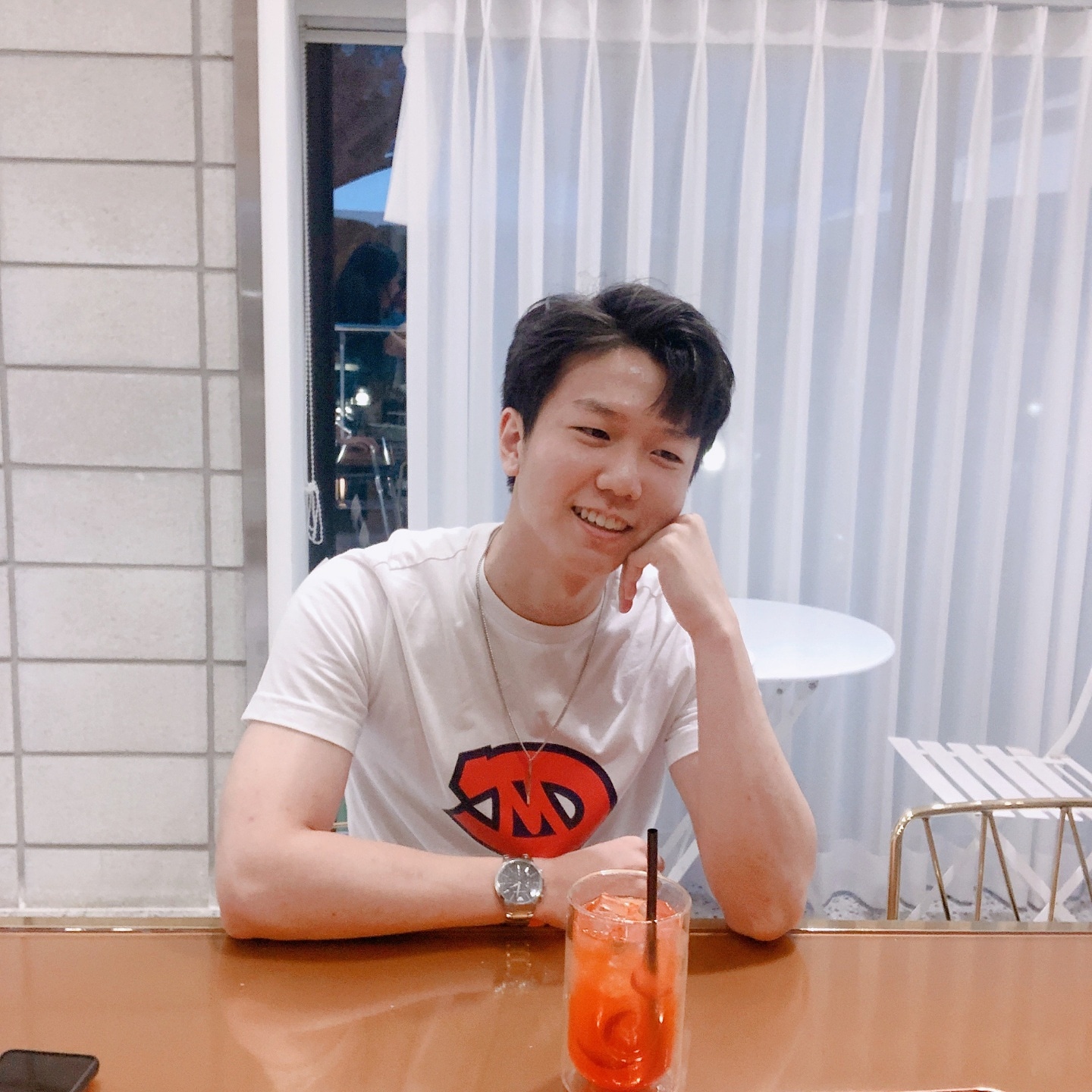
내용
We have to define class component not function component to use "state" and "lifecycle method."
How to add state in class component? constructor() and super()
Here's a example.
class Clock extends React.Component {
constructor(props) {
super(props);
this.state = { date: new Date()};
}
render() {
return (
<div>
<h1>Hello, World!</h1>
<h2>It is {this.state.date.toLocaleTimeString()}</h2>
</div>
);
}
}To understand this code, we need look into constructor()and super(). constructor()is used to create or initialize object made by class. It receive arguments and set default property like state. Let's me show you example.
class Rectangle {
constructor(height, width) {
this.name = 'Rectangle';
this.height = height;
this.width = width;
}
rectangle = new Rectangle(10, 5);
console.log(rectangle.name, rectangle.height, rectangle.width);
// 'Rectangle' 10 5In other words, when we create a object by using class, we transfer arguments to constructor() method. Then, let's look into super().
class Square extends Rectangle {
constructor(length) {
this.height; // ReferenceError, super needs to be called first!
super(length, length);
this.name = 'Square';
}
}
square = new Square(10);
console.log(square.name, square.height, square.width);
// 'Square' 10 10If we use super(length, length), it will transfer length argument that defined when creating object(square = new Square(10)) to parent class's constructor(). So, we can use parent properties in Square().
What is lifecycle method?
We can use "lifecycle method" when the component is rendered to DOM or deleted from DOM etc.
componentDidMount() // when component render in DOM
componentWillUnmount() // when component is deleted from DOM
// And there are many other life cycle methodsetState()
Don't fix state directly
this.state.key= 'hello'; // this is wrong
this.setState({key: 'hello'}); // this is rightThe only space we can modify this.state is in constructor().
State updating is 비동기적
// this is wrong
this.setState({
key: this.state.key + this.props.increment,
});
// this is right
this.setState((state, props) => ({
key: state.key + props.increment
}));Data flows to bottom
- Any other components can't access a state except for a component that has the state.
- Component can transfer one's state to children component.
<App date={this.state.date} />Reference
- 리액트 공식 문서
https://ko.reactjs.org/docs
